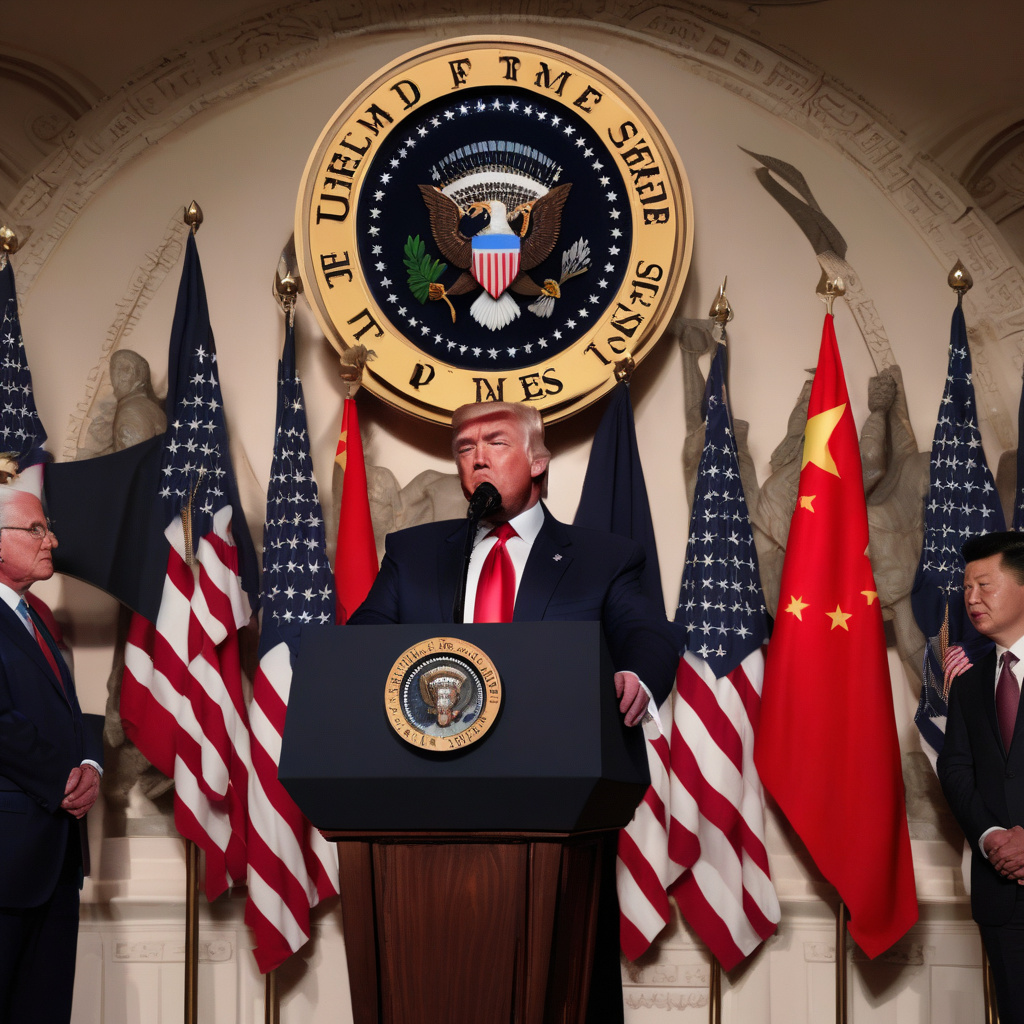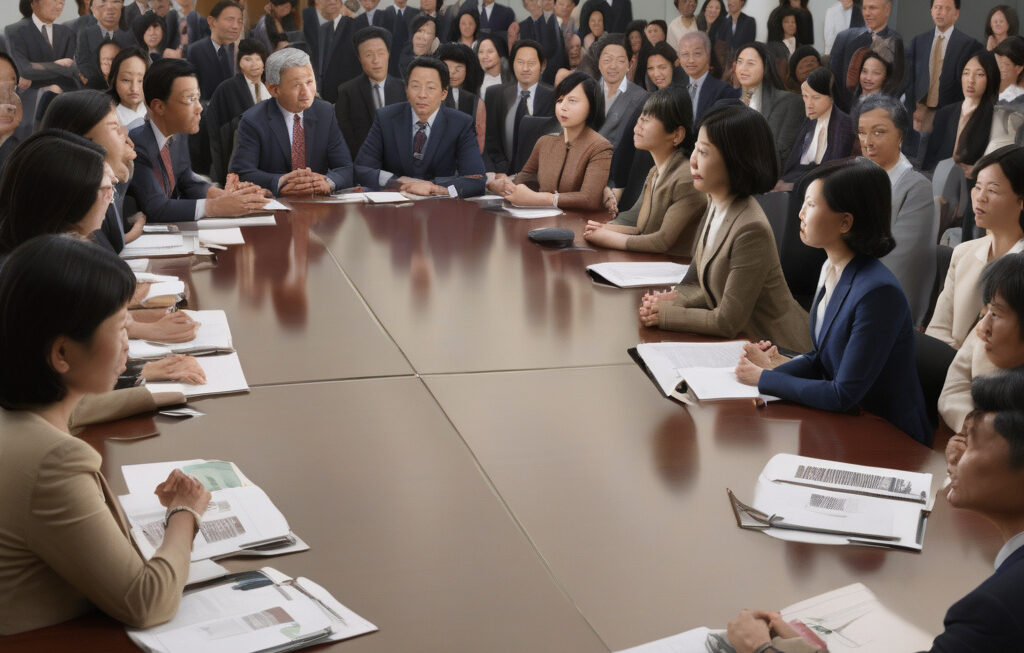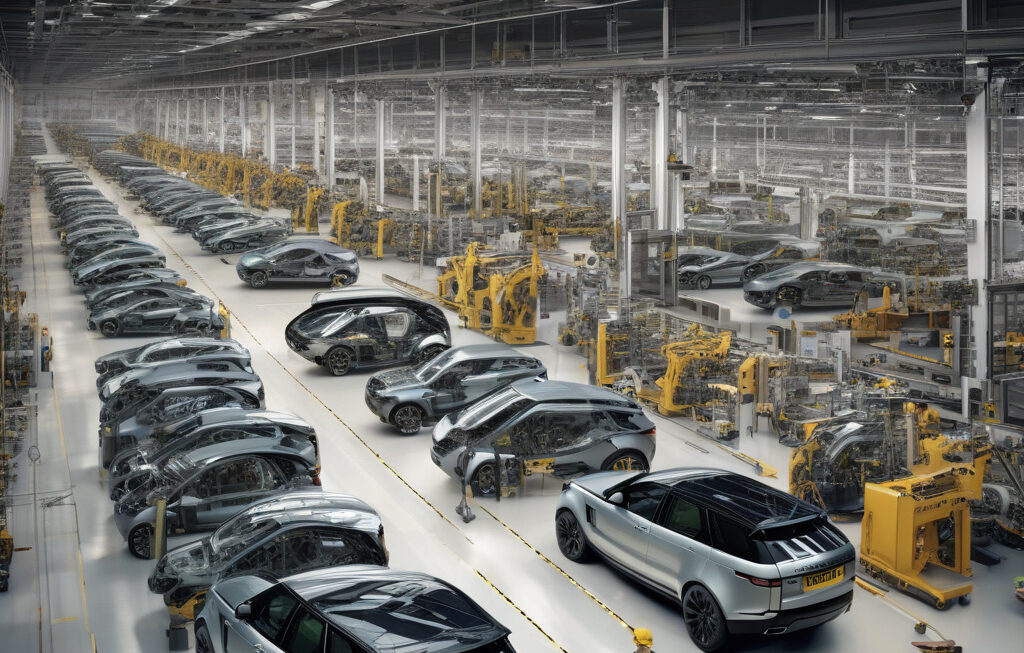Trump Sees ‘Transition Problems’ With China Tariffs at 145%
President Trump has once again made waves in the economic realm with his recent declaration regarding the China tariffs, stating that they could potentially reach a staggering 145%. During a Cabinet meeting on Thursday, Trump acknowledged that such a significant increase in tariffs could lead to what he deemed as “transition problems.” However, he remained resolute in his belief that despite the challenges, the end result would be nothing short of magnificent.
The escalation of tariffs on Chinese goods is part of the Trump administration’s ongoing trade war with China, which has been characterized by tit-for-tat tariff increases and negotiations that have ebbed and flowed over the past few years. The latest development in this trade saga has left many wondering about the potential implications for businesses, consumers, and the global economy as a whole.
While Trump’s confidence in the ultimate benefits of such a drastic tariff hike is commendable, it is essential to consider the possible ramifications of such a move. A 145% tariff on Chinese goods could lead to a significant increase in prices for consumers, as businesses pass on the additional costs to their customers. This, in turn, could dampen consumer spending and slow down economic growth.
Moreover, the escalation of tariffs could also have far-reaching consequences for businesses that rely on Chinese imports for their operations. Small businesses, in particular, could bear the brunt of the tariff increases, as they may not have the resources to absorb the additional costs or find alternative suppliers. This could lead to layoffs, business closures, and a general sense of uncertainty in the business community.
On the international front, the increase in tariffs could further strain relations between the United States and China, leading to retaliatory measures from the Chinese government. This tit-for-tat escalation could result in a full-blown trade war between the two economic giants, with ripple effects that would be felt across the globe.
Despite these potential challenges, Trump remains optimistic about the future of the U.S. economy and its ability to weather the storm of transition problems that may arise from the increased tariffs. His confidence is rooted in the belief that the tariffs will ultimately benefit American businesses and workers by leveling the playing field and curbing what he sees as unfair trade practices by China.
As the situation continues to unfold, it is crucial for businesses and consumers to stay informed about the developments surrounding the China tariffs and to be prepared for any potential impact on their operations and finances. Flexibility, adaptability, and a keen eye on the market will be key to navigating the uncertain waters of the current trade landscape.
In conclusion, while Trump’s announcement of a possible 145% tariff on Chinese goods may have sparked concerns about transition problems and economic turbulence, it is essential to approach the situation with a measured perspective. By staying informed, proactive, and agile in the face of potential challenges, businesses and consumers can position themselves to weather the storm and emerge stronger on the other side.
Trump, China, Tariffs, Transition Problems, Economy










